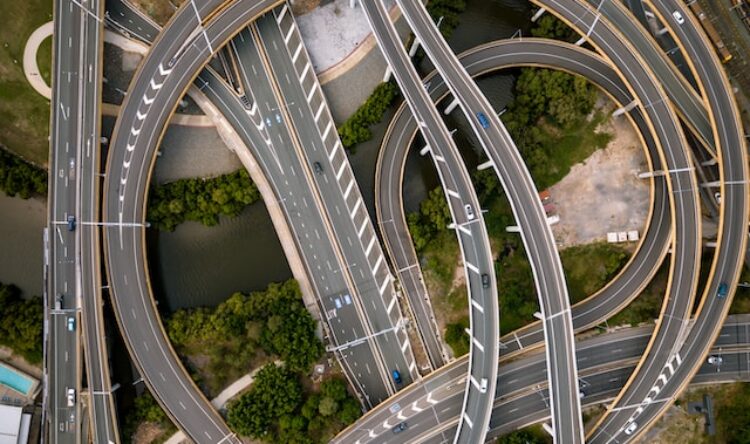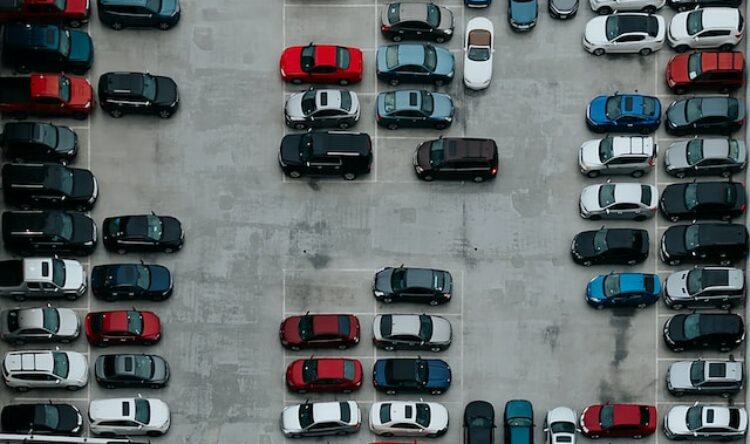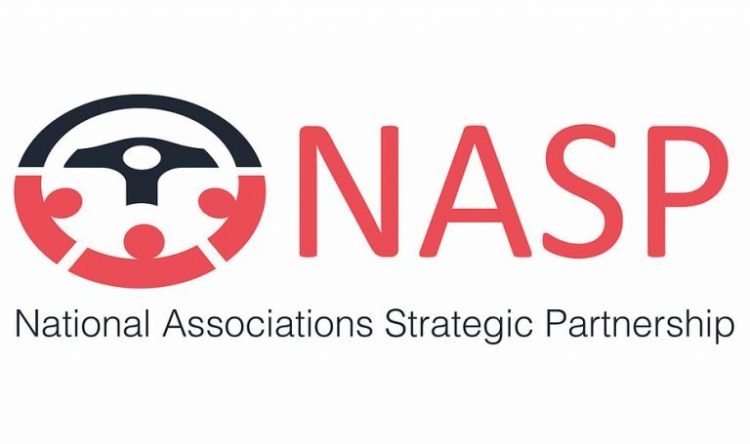Constant speeding
The latest speeding figures from the DfT
Half (50%) of car drivers broke the speed limit on 30mph roads. This compares to 45% on motorways and 11% on national speed limit single carriageway roads.
The statistics are part of new data from the Department for Transport (DfT).
Overall, speed limit compliance in 2022 was slightly higher than 2021. This is probably due to the impact of the pandemic on lower traffic levels according to the report.
However, vehicle speed limit compliance is broadly similar to those between 2011 and 2019.
Putting their foot down
In 2022, the percentage of car drivers exceeding the speed limit by more than 10mph was much lower than overall speeding, at 8% on motorways, 5% on 30mph roads and 1% on national speed limit single carriageway roads where the speed limit for cars is 60mph.
Car and motorcycle speed limit compliance levels tended to be highest on national speed limit single carriageways and lowest on 30mph roads.
The average car speed, under free flow conditions, was just under the speed limit on motorways (69mph), at the speed limit for 30mph roads and under the speed limit on national speed limit single carriageway roads (51mph).
Not slow enough
Perhaps the most concerning aspect of the figures is the amount of speeding taking place on urban roads. These are where where most vulnerable road users are found, especially children and older members of the population.
RAC head of policy Simon Williams said: “It’s concerning to see that every year half of drivers exceed the limit on 30mph roads, with more than a fifth (22%) last year driving more than five miles an hour too fast.
“The implications of speeding on these roads is likely to be greater than on faster roads, not least as they’re generally in areas with more pedestrians and cyclists.
“One possible explanation for why speed limit compliance is so much worse compared to other roads is that drivers may be used to looking for speed limit signs, which are much less prevalent on 30mph roads as generally speaking the presence of streetlights indicates the limit is 30mph.
“While drivers should know this, perhaps there is a case for the use of more ‘repeater’ signs in 30mph areas so there is no doubt.”
However, the speeding levels may re actually likely to be far worse if you take into consideration 20 mph zones. These are not officially measured in the statistics, and speed limits are generally not enforced.
The vulnerable
Edmund King, AA president, says that: “With almost five people each day killed on our roads it is important that drivers respect the speed limits.
“Compliance with speed limits in 2022 was slightly better than in 2021 where we know some excessive speeders reacted to the less congested roads during covid and the perception that the police were occupied with lockdown enforcement.
“The worrying thing is that half of all car drivers exceeded the limit on 30mph roads in 2022 where arguably pedestrians, cyclists and other road users are most at risk.
“Similarly, car drivers staying the right side of a 20mph road was around 15%. While 20mph zones are well intended, there are concerns that a blanket approach dilutes their effectiveness.
“Last month, more than half of drivers (53%) told us they felt 20mph roads work best when they applied to the streets of significant community importance such as schools and GP surgeries. However, speeds in 20mph zones were lower than in 30mph zones so overall they do reduce speed.
“What stands out in particular is tailgating: a fifth of cars don’t observe the two second gap between themselves and the vehicle in front of them. Having more cops in cars would help tackle this issue.”
Van violations
The percentage of vans complying with the speed limit was 52% on motorways and 49% on 30mph roads.
On motorways, 48% of vans exceeded the speed limit compared to 51% on 30mph roads.
The percentage of vans exceeding the speed limit by over 10mph on 30mph roads was 6%, while 11% exceeded the speed limit on motorways by more than 10mph.
Tracking trucks
The percentage of articulated HGVs complying with the speed limit were 98% on motorways, 65% on national speed limit single carriageways and 61% on 30mph roads.
On motorways, 2% of articulated HGVs exceeded the speed limit, compared to 35% on national speed limit single carriageway roads and 39% on 30mph roads.
The percentage of articulated HGVs exceeding the speed limit by over 10mph on 30mph roads was 2%, while less than 1% exceeded the speed limit by more than 10mph on motorways and national speed limit single carriageway roads.
The low percentage exceeding the speed limit on motorways can be attributed to legislation requiring all HGVs over 3.5 tonnes to be fitted with speed limiters to 56mph.
The percentage of rigid HGVs complying with the speed limit were 59% on national speed limit single carriageways and 58% on 30mph roads.
On national speed limit single carriageway roads, 41% of rigid HGVs exceeded the speed limit, compared to 42% on 30mph roads.
The percentage of rigid HGVs exceeding the speed limit by over 10mph on 30mph roads was 3%, while on national speed limit single carriageways it was 4%.
Time of day
In free flow conditions, most vehicle classes saw a higher percentage of vehicles exceeding the speed limit during the night (between 6pm and 5am the following day) and a lower percentage during the day (between 6am and 5pm).
Motorways showed the least difference in percentage of vehicles exceeding the speed limit between during the day and during the night when compared to national speed limit single carriageway and 30mph roads.







